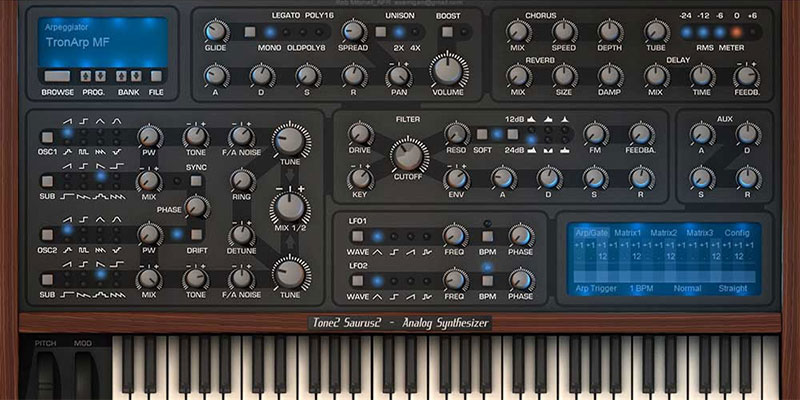There’s been a lot of confusion about whether or not 32-bit VSTs work on 64-bit systems. Here we will dispel the rumors and provide information from Steinberg on how this works. We’ll also provide some tips on what to do if you’re having trouble getting your 32-bit VSTs to work. So, if you’re curious about whether or not your old plugins will still work, read on!
The first thing to know is that, yes, 32-bit VSTs do work on 64-bit systems. However, they need to be run through a bridging application in order to work. A common misconception is that you can’t use 32-bit plugins on a 64-bit system at all, but this simply isn’t true. The bridging application translates the 32-bit plugin into a format that the 64-bit system can understand, and then it runs the plugin within the 64-bit host application.
How to use 32-bit plugins on a 64-bit system?
There are a few different bridging applications available, but we recommend using jBridge. It’s a reliable and easy-to-use application that will get the job done with minimal hassle.
Once you’ve downloaded and installed Bridge instructions, follow them on their website to get it set up. Once you’ve done that, open your 64-bit host application and navigate to the plugin manager. In most cases, you’ll find the plugin manager under “Options” or “Preferences.” From there, you should be able to add the jBridge application as a plugin folder. Once you’ve done that, restart your host application, and your 32-bit plugins should now be visible and available for use!

If you’re having trouble getting your 32-bit plugins to work, the first thing to check is that you’re using a compatible host application. Not all host applications can use jBridge, so make sure that your host application is on the list of compatible hosts before you try to use jBridge. If you’re still having trouble, the next step is to check that your plugins are properly installed and that they’re located in the correct plugin folder. Once you’ve done that, restart your host application and try again.
How to convert a 32-bit VST to 64-bit?
There are a few ways to convert a 32-bit VST to 64-bit. One way is to use jBridge, which is a paid third-party tool. Another way is to use the free 64bit VST converter tool called bs-16i.
To use jBridge, first, download and install the jBridge application. Then, open jBridge and click on the “Add” button. Navigate to the location of your 32-bit VST plugin and select it. jBridge will automatically create a 64-bit version of the plugin.
To use bs-16i, first, download and install the tool. Then, open bs-16i and click on the “Add” button. Navigate to the location of your 32-bit VST plugin and select it. bs-16i will automatically create a 64-bit version of the plugin.
